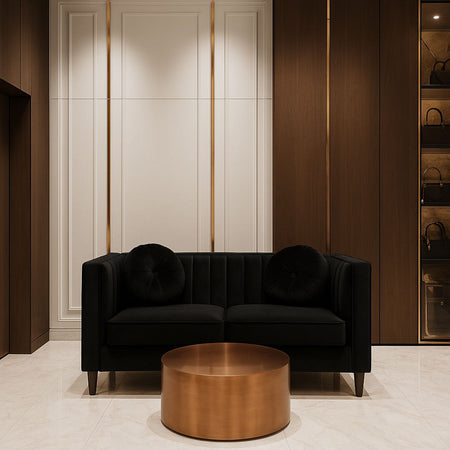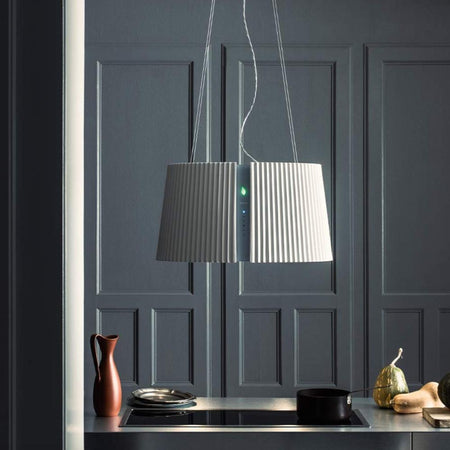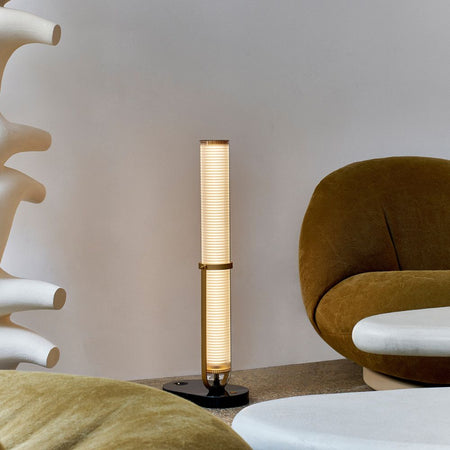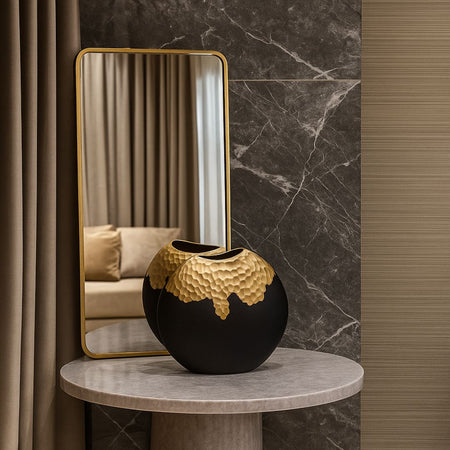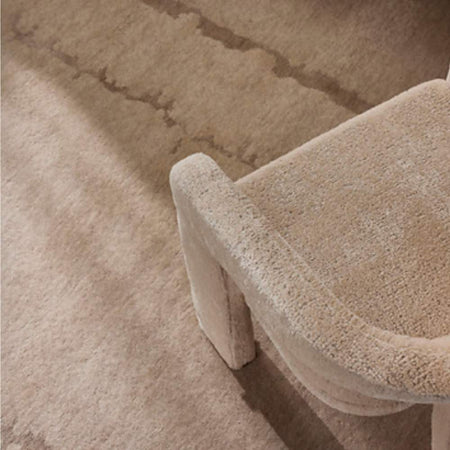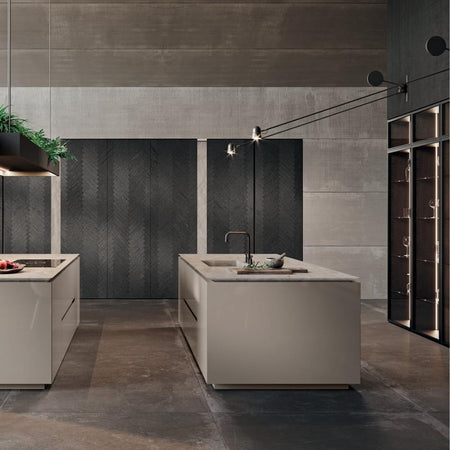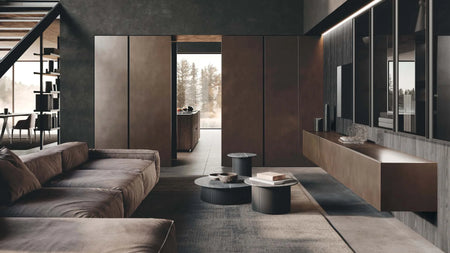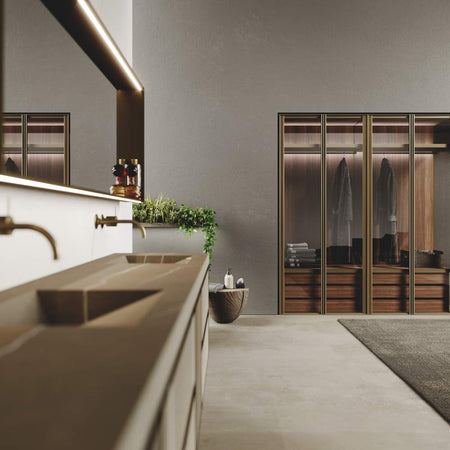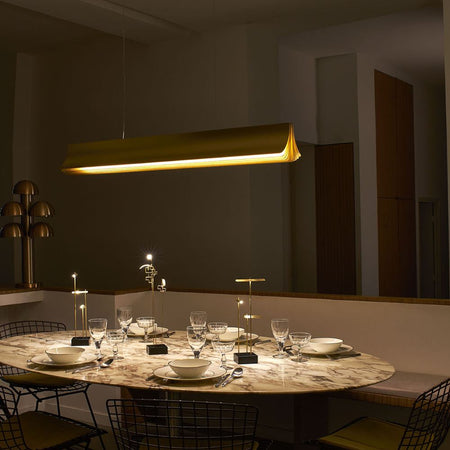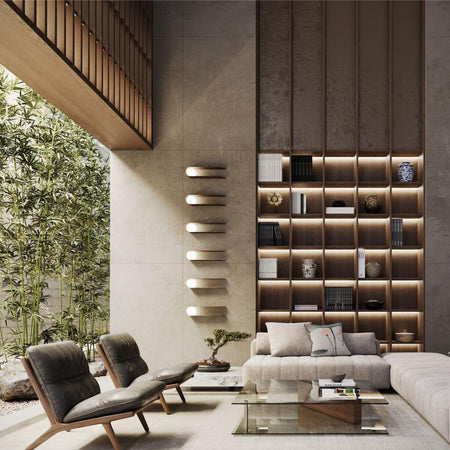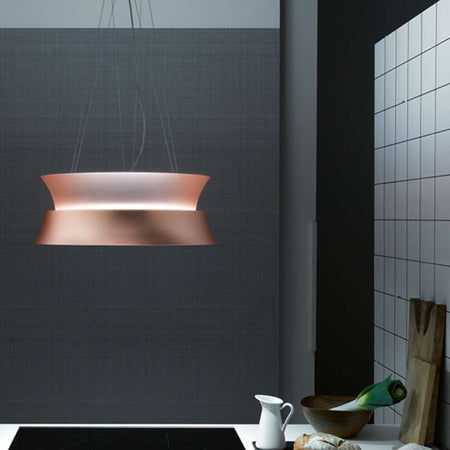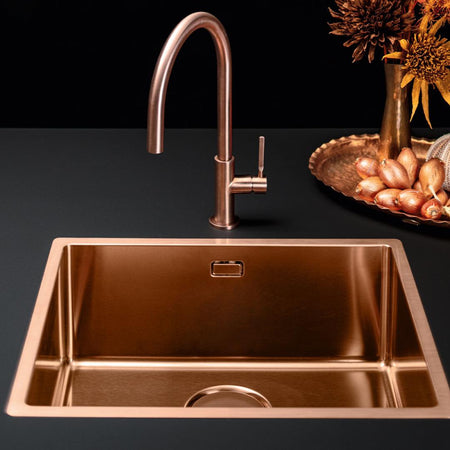In today’s premium property landscape, design must do more than look beautiful - it must serve how people actually live.
How Smart Interiors boost Property Value ?
Why Smart Interiors matter ?
Buyers and tenants increasingly expect homes that are intelligent, wellness-focused, and adaptive to their emotional and physical needs.
According to the American Society of Interior Designers (ASID), health and wellness are now among the top priorities in residential design. Homeowners are investing in smart technologies not just for convenience, but to support better sleep, mood, air quality, and overall lifestyle harmony.
In this new era, smart interiors are no longer luxury extras - they’re foundational features that elevate a space’s desirability, resale value, and performance.
The value of Intelligent Design
In the high-end development market, smart interiors have become a major differentiator.
By integrating wellness-forward technology into the design phase, developers can deliver homes that feel as intelligent as they look.
A Coldwell Banker report shows that homes with integrated smart features can command up to 5 - 10% higher sale prices, and are often preferred by affluent buyers seeking wellness-led, low-maintenance living.
Moreover, these features accelerate buyer decision-making and support lifestyle marketing, helping developers build stronger brand narratives around their projects.
Technology that Enhances Living
Grenton – Smart Home Integration
Grenton allows seamless automation of lighting, shading, temperature, and security - all from elegant keypads or an app interface.
This enables intuitive living where ambiance adapts to mood, time of day, or wellness needs.
Example: Smart circadian lighting scenes that mimic natural light rhythms, enhancing focus during the day and supporting restful sleep at night.
Falmec - Air Purification Technology
Falmec technology purifies indoor air with silent ionization and refined extraction, ideal for open-plan kitchens and wellness-led interiors.
This is increasingly critical in urban living, where indoor air quality impacts respiratory health, mood, and mental clarity.
Clean air, natural light, and sensory modulation are now being treated as essential interior elements, not accessories.
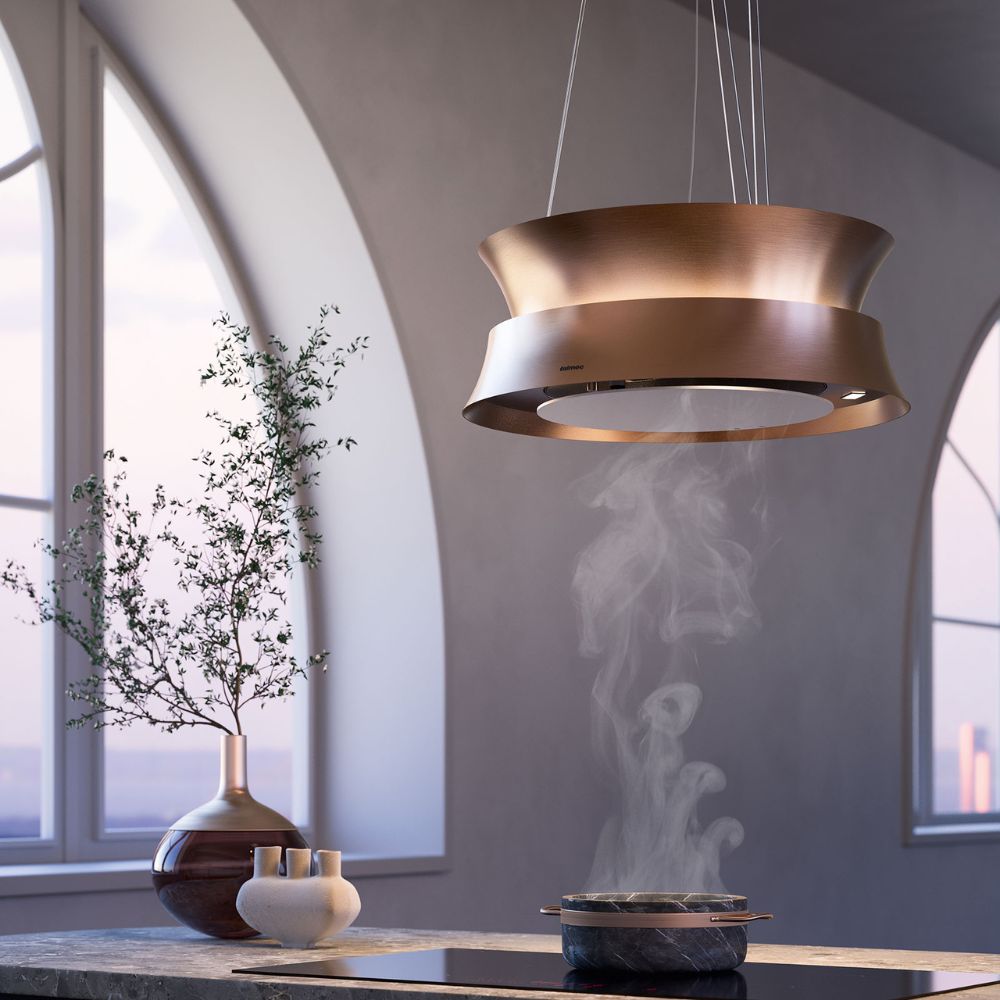
Design for Sleep, Sound & Sensory Calm
Sleep hygiene and audio wellness are two rising areas where smart design supports physical and emotional well-being:
- Lighting tech can dim gradually, change warmth, or sync with bedtime routines - helping regulate circadian rhythms
- Integrated sound systems can deliver calming music to any room, reducing stress, enhancing focus, and even improving dopamine levels
- Custom scenes can close blinds, adjust temperature, and activate “wind-down” modes with one button or voice command
These features don’t just add luxury, they promote daily rituals of restoration and intentional living.
Independent, Inclusive & Neurodivergent-Friendly Living
With 1 in 4 people in Europe expected to be over 65 by 2050, developers are rethinking how homes can be both elegant and inclusive.
Smart features offer independence and dignity, allowing users to control lighting, doors, or ambiance without physical strain or visual clutter.
They also support neurodivergent family members by creating predictable environments, calming scenes, and individualized sensory settings that foster peace.
Smart Design as Empathy
There’s growing momentum for interoperable platforms — Matter and Thread (universal smart home protocols) aim to make devices from different brands work seamlessly. This opens doors for cross-industry collaboration — from syncing air purifiers with sleep apps, to aligning meal timing with metabolic feedback from wearables.
Studies indicate environmental factors like light, sound, diet, and stress influence gene expression. This means smart homes that reduce stress and optimize comfort could play a role in long-term health at a cellular level (NIH – Epigenomics Fact Sheet). Smart design becomes not just about aesthetics — but empathy.
Partnering for Performance
Whether you're developing boutique residences or multi-unit smart-ready properties, we help you deliver more than just design.
Let’s collaborate to build premium spaces that not only stand out in the market, but also stand the test of time — emotionally, technologically, and sustainably.
📩 Ready to elevate your next project with intelligent design? Let’s talk.


